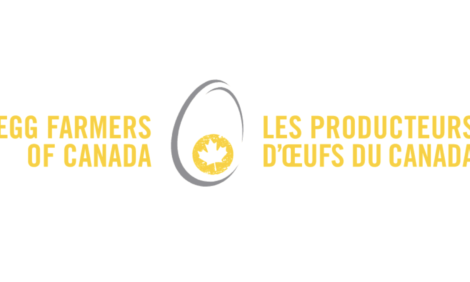



A Mess: Concentrated Animal Feeding Operations
US - A lack of information has hampered the Environmental Protection Agency attempt to clearly define a strategy to protect the growing problem of air and water quality, according to the US Government Accountability Office.Concentrated animal feeding operations (CAFO) are large livestock and poultry operations that raise animals in a confined situation.
CAFOs may improve the efficiency of animal production, but the large amounts of manure they produce can, if improperly managed, degrade air and water quality. The Environmental Protection Agency (EPA) regulates CAFOs and requires CAFOs that discharge certain pollutants to obtain a permit.
In response, the US Government Accountability Office (GAO) have released a testimony summarising the findings of a September 4, 2008 GAO report (GAO-08-944) on trends in CAFOs, amounts of waste they generate, findings of key research on CAFOs' health and environmental impacts, progress made in developing CAFO air emissions protocols, and the effect of recent court decisions on EPA's regulation of CAFO water pollutants.
GAO analyzed US Department of Agriculture's (USDA) data from 1982 through 2002 for large farms as a proxy for CAFOs; reviewed studies, EPA documents, laws and regulations, and obtained the views of federal and state officials.
Because no federal agency collects accurate and consistent data on the number, size and location of CAFOs, GAO could not determine the exact trends for these operations. However, using USDA data for large farms that raise animals as a proxy for CAFOs, it appears that the number of these operations increased by about 230 percent, from about 3,600 in 1982 to almost 12,000 in 2002.
The number of animals raised on large farms also increased during this 20-year period but the rate of increase varied by animal type. Moreover, EPA does not have comprehensive, accurate data on the number of permitted CAFOs nationwide. As a result, the agency does not have the information that it needs to effectively regulate these CAFOs. EPA is currently working with the states to establish a new national data base.
The amount of manure generated by large farms that raise animals depends on the type and number of animals raised, but these operations can produce from 2,800 tons to 1.6 million tons of manure a year. Some large farms that raise animals can generate more manure annually than the sanitary waste produced by some US cities.
Manure can be used beneficially to fertilize crops but according to some agricultural experts, when animal feeding operations are clustered in certain geographic areas, the manure they produce may not be effectively used as fertilizer on adjacent crop land and could increase the potential of pollutants reaching nearby waters and degrading water quality.
Since 2002, at least 68 government-sponsored or peer-reviewed studies have been completed that examined air and water quality issues associated with animal feeding operations and 15 have directly linked air and water pollutants from animal waste to specific health or environmental impacts.
EPA has not yet assessed the extent to which pollutants from animal feeding operations may be impairing human health and the environment because it lacks key data on the amount of pollutants being discharged by these operations. Considered a first step in developing air emission protocols for animal feeding operations, a two-year nationwide air emission monitoring study, largely funded by the industry, was initiated in 2007.
However, the study, as currently structured, may not provide the scientific and statistically valid data it was intended to provide and that EPA needs to develop these protocols. In addition, EPA has not yet established a strategy or timetable for developing a more sophisticated process-based model that considers the interaction and implications of all emission sources at an animal feeding operation.
Two recent federal court decisions have affected EPA's ability to regulate water pollutants discharged by CAFOs. The 2005 Waterkeeper decision required EPA to abandon the approach that it had proposed for regulating CAFOs in 2003. Similarly, the Rapanos decision has complicated EPA's enforcement of CAFO discharges because EPA believes that it must now gather more evidence to establish which waters are subject to the Clean Water Act's permitting requirements.
Further Reading
| - | You can view the full report by clicking here. |











